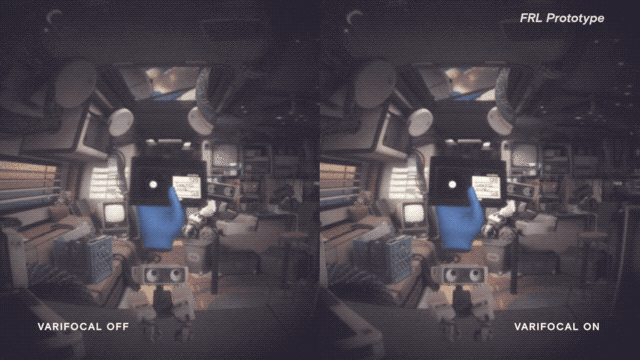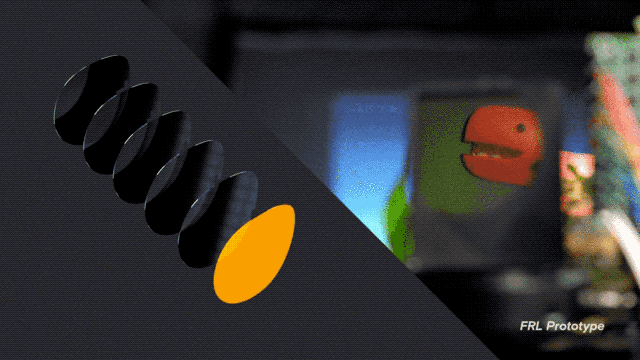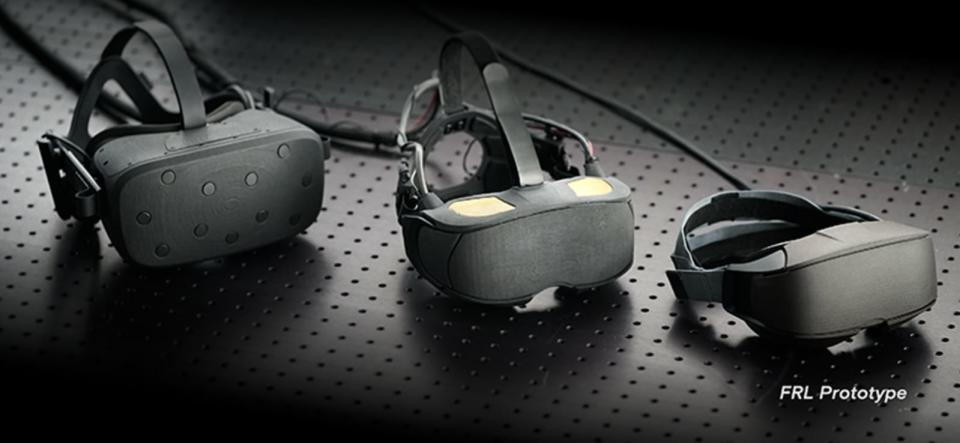Oculus' latest concept headset has electronic varifocal lenses
Facebook has built two new versions of its Half Dome prototype.
Facebook might have had plenty to share about its immediate VR future at Oculus Connect 6, but it's looking even further ahead. Michael Abrash, Facebook's Reality Lab chief scientist, discussed two newer versions of the Half Dome prototype Facebook revealed last year, which uses moving lenses to sharpen focus.
Half Dome 2 is a smaller and lighter version of that -- it weighs 200 grams less than its predecessor. While it has a narrower field of vision than the previous prototype (which had a 140-degree FOV), it's still 20 percent wider than that of Oculus Quest. The varifocal system uses voice coil actuators and flexure hinge arrays. Compared with the original Half Dome, the parts are quieter, have less friction and are more durable.
The advancements Facebook made with Half Dome 3 seem much more substantial. The varifocal system in that headset ditches the moving mechanical parts for an electronic version, which is a big contributing factor in making Half Dome 3 even smaller than the other prototypes while eliminating noise and vibrations.

It packs in a "new type of liquid crystal lens made from a thin, alternating stack of two flat optical elements: polarization-dependent lenses (PDLs) and switchable half-wave plates," according to the Oculus blog. "By stacking a series of PDLs and switchable half-wave plates on top of each other, we're able to achieve smooth varifocal that lets you comfortably and seamlessly adjust your focus in the headset."
With six liquid crystal lenses, the system can cycle through 64 focal planes (the number doubles with each additional lens) for smooth transitions between focal depths. When a lens is off, it's focused on a distant object i.e. the plant in the below GIF. If it's on, denoted in this case by appearing in orange, it's focusing on a closer object -- the dinosaur.

Ultimately, Abrash and Facebook expect these advancements could make it more comfortable for people to spend more time in VR, potentially opening the door to virtual collaborative workspaces you could stay in for hours at a time. In Abrash's vision for such spaces, you'd have "the ability to interact with real surroundings and use a keyboard and mouse, to share the virtual space with other people, and to manipulate both real and virtual objects with your hands, complete with haptic feedback." Of course, more seamless transitions between focal depths would be a benefit for games too.
Since these are just prototype headsets and the work's in the research stage, that vision is some way off. So don't expect to spend all day in VR meetings any time soon, unless your boss or client is a sadist.
Follow all the latest news from Oculus Connect 6 here!



